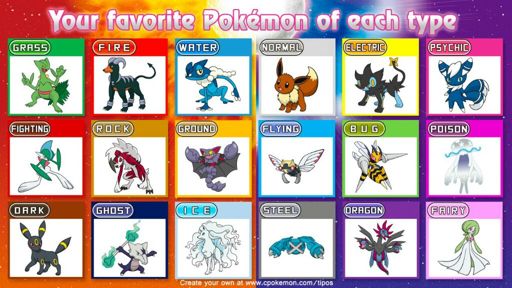Parts Of A Pumpkin

Introduction
Pumpkins are not just a staple of Halloween decorations; they are also a versatile and nutritious fruit. Whether you enjoy pumpkin pie, roasted pumpkin seeds, or a warm bowl of pumpkin soup, understanding the different parts of a pumpkin can enhance your appreciation for this seasonal treat. In this article, we will delve into the various components that make up a pumpkin and explore their unique characteristics.
The Exterior: Skin and Stem
The Skin
The skin of a pumpkin, also known as the rind or peel, is the tough outer layer that protects the fruit's flesh. It is typically orange in color, but pumpkins can also have skins that are green, white, or even striped. The skin is smooth and slightly ribbed, providing an interesting texture to the pumpkin's appearance.
The Stem
At the top of the pumpkin, you will find the stem. The stem connects the fruit to the vine and serves as the pathway for nutrients and water. It is usually green or brown in color and has a rough, woody texture. The stem is an essential part of the pumpkin's structure, allowing it to grow and thrive.
The Interior: Flesh and Seeds
The Flesh
When you cut open a pumpkin, you will discover the flesh, which is the edible part of the fruit. The flesh is typically bright orange in color, although some varieties may have yellow or even white flesh. It has a soft and moist texture, making it perfect for baking and cooking.
The Seeds
Nestled within the flesh of the pumpkin, you will find the seeds. These small, flat, and oval-shaped seeds are packed with nutrients and can be enjoyed in a variety of ways. Whether you roast them, add them to granola or salads, or use them as a garnish, pumpkin seeds are a delicious and healthy snack.
The Anatomy: Pulp, Fibers, and Cavity
The Pulp
The pulp, also known as the pumpkin's guts, refers to the stringy and slimy substance surrounding the seeds. While it may not look appetizing, the pulp is rich in fiber and can be used in various recipes. Many people choose to remove the pulp before cooking or carving a pumpkin, but it is entirely edible.
The Fibers
Intertwined within the pulp, you will find the fibers. These long and thin strands are responsible for providing structural support to the pumpkin. While the fibers are not typically consumed, they play a crucial role in maintaining the pumpkin's shape and integrity.
The Cavity
The cavity of a pumpkin refers to the hollow space within the fruit. This is where the seeds and pulp are located. When carving a pumpkin, it is essential to remove the cavity to create space for your desired design. The cavity can also be used to hold candles or other decorative elements to illuminate your pumpkin.
Frequently Asked Questions (FAQs)
1. Can you eat the skin of a pumpkin?
Yes, the skin of a pumpkin is edible. However, it can be tough and chewy, so it is often removed before cooking or consuming. If you choose to eat the skin, it is recommended to cook or roast the pumpkin to soften it.
2. Are pumpkin seeds good for you?
Yes, pumpkin seeds are highly nutritious. They are an excellent source of protein, healthy fats, fiber, and various vitamins and minerals. Incorporating pumpkin seeds into your diet can contribute to heart health, improved digestion, and enhanced immune function.
3. How long do pumpkins last?
The shelf life of a pumpkin depends on various factors, such as the variety and how it is stored. Generally, whole pumpkins can last for several weeks to a few months if stored in a cool, dry place. Once cut, a pumpkin will typically last for about a week if refrigerated.
Conclusion
Understanding the different parts of a pumpkin can deepen your appreciation for this versatile fruit. From the tough skin and woody stem to the soft flesh and nutritious seeds, each component plays a unique role in the pumpkin's structure and flavor. Whether you enjoy pumpkin as a sweet or savory treat, knowing its anatomy adds an extra layer of fascination to this beloved autumn staple.










